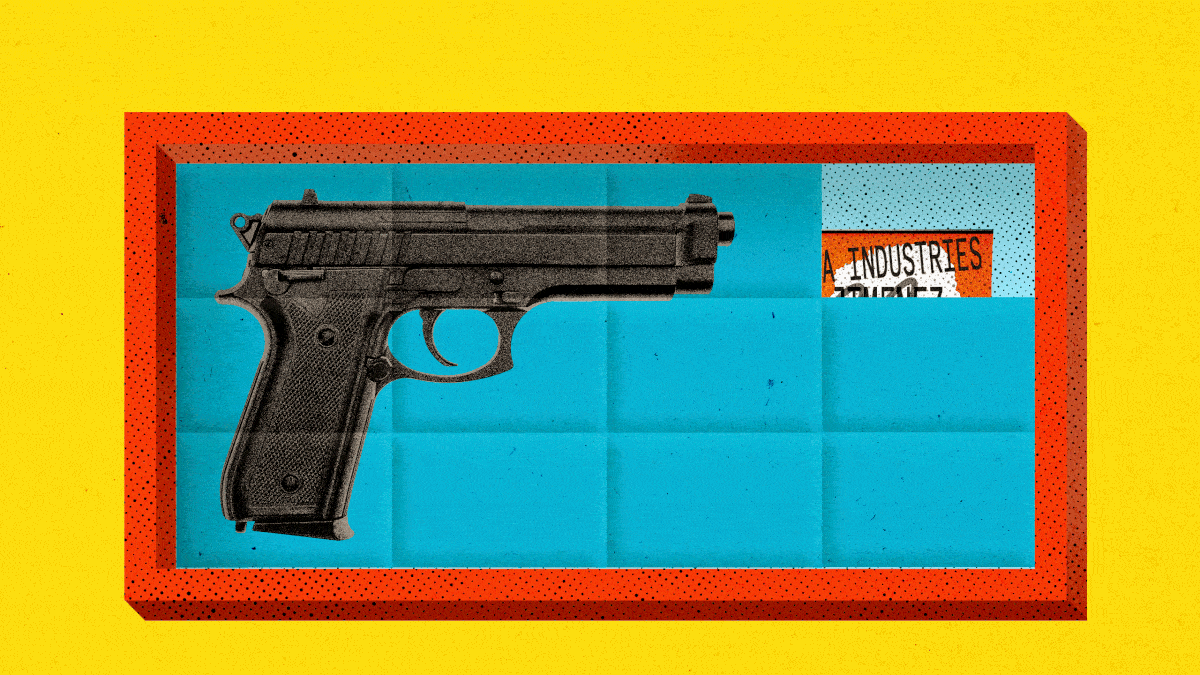Researchers from Rutgers University have found evidence that, in disadvantaged neighborhoods, shootings tend to occur closer to gun stores. The study, published on February 4 in the Journal of Research in Crime and Delinquency, comes amid a federal push to crack down on problem gun dealers as part of President Joe Biden’s gun violence prevention agenda.
The researchers used shooting and demographic data to explore the relationship between gun stores and violence in Atlanta between 2016 and 2018. In neighborhoods facing high rates of poverty and unemployment, shootings were more likely to take place near gun shops. In better-off neighborhoods, the opposite was true, with gun stores exerting an almost repellent effect on shootings.
Daniel Semenza, a Rutgers sociologist and the study’s lead author, said the data could not explain why shootings concentrate in this manner, but the analysis suggests certain gun dealers increase access to firearms in ways that make disadvantaged neighborhoods more violent. “At the end of the day, almost every gun that is used in a shooting starts off at a federally licensed firearm retailer,” he said. “We hope our study redirects some focus to that point of origin rather than the necessary but significantly more difficult process of interrupting gun trafficking networks.”
In June 2021, the Biden administration announced an ambitious gun violence prevention plan that included steps for supporting community violence interventions and dismantling gun trafficking networks. It emphasized holding “rogue” firearm dealers accountable by prioritizing them for inspections by the Bureau of Alcohol, Tobacco, Firearms and Explosives. The president also directed the ATF to revoke the licenses of dealers that willfully committed certain violations, including selling guns to convicted felons and not running background checks on customers.
An earlier investigation by The Trace and USA TODAY found that the ATF had routinely allowed lawbreaking gun dealers to stay in business, and that Congress had prevented the agency from conducting more consistent inspections. Semenza and his co-authors noted that their study suggests a way for the ATF to maximize its resources: by focusing on dealers in distressed areas.
Previous studies have found that increases in firearm availability correspond to increases in shootings and homicides. Researchers have also shown that the concentration of gun stores in a given place correlates with its rate of firearm violence. But there has been little research into the effects gun stores have at the hyper-local level — and whether the location of a gun shop may affect the level of violence in its immediate vicinity.
The Rutgers team found that shootings near gun shops were most often categorized by local police as manslaughters and assaults. The authors believe this may mean the violence that happens near gun stores is more impsulive than calculated. Robbery-related shootings did not cluster around gun stores, suggesting that the proximate violence was not the result of thefts committed by or against recent customers.
Semenza said one possible explanation for the pattern is that dealers with bad or illegal business practices are more likely to operate in disadvantaged neighborhoods. “The black box here is about how much of this effect is being driven by dealer practices — whether by negligence or intentional corruption — and how much of it is driven by security issues like robberies that redirect guns into secondary markets,” Semenza said. “We just don’t have the data.”
Researchers could further explore dealers’ role by analyzing gun store inspection results or the origins of guns used in nearby shootings. The ATF maintains both sets of data, but the agency is notoriously slow to release inspection information and is barred under federal law from disclosing publicly the names of stores that sold crime guns.


